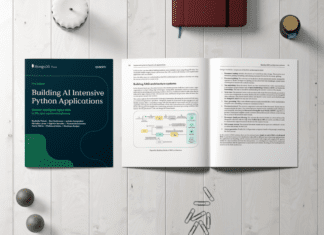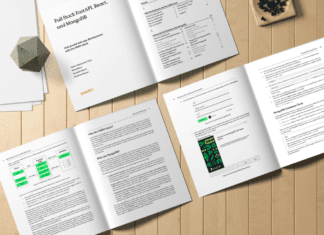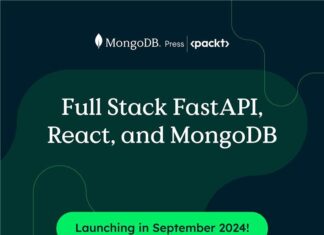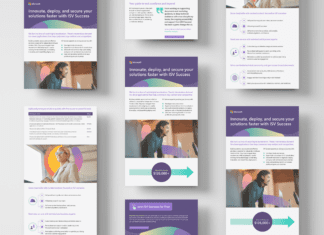In today’s rapidly evolving software landscape, the importance of security cannot be overstated. Organizations are increasingly reliant on software to operate efficiently, but this reliance also exposes them to significant risks. Enter Building Secure Software: A Decision Maker’s Guide, a book that offers vital insights into the complexities of securing the Software Development Lifecycle (SDLC). Drawing on GitGuardian’s expertise, this guide helps decision-makers protect their organizations from growing cybersecurity threats, ensuring that software development remains secure at every stage.
Why This Book Matters
Authored by security experts with years of experience, Building Secure Software focuses on the practical challenges organizations face in today’s software-driven world. It is specifically designed for security leaders, Chief Information Security Officers (CISOs), and IT decision-makers who may not be involved in the nitty-gritty of coding but are responsible for creating and enforcing policies that ensure security across the SDLC.
The book is not merely a technical manual, but a comprehensive guide that touches upon all aspects of security, from code integrity to securing the development pipeline. It highlights real-world challenges and the consequences of major security breaches, providing readers with a well-rounded understanding of the current threat landscape.

Core Themes and Features
The heart of the book lies in its comprehensive approach to security within the software-development lifecycle. The guide offers a solid breakdown of core themes that are vital for establishing a strong security posture:
1. Mitigating Risks Across the SDLC:
One of the standout features of the guide is its focus on the entire software lifecycle. It offers clear, actionable advice on securing every stage of development—from writing secure code and protecting secrets in configurations to ensuring the integrity of the build pipelines and deployment setups.
2. Future-Proofing Against Security Regulations:
Today’s software development process is not only about technical challenges but also compliance with ever-evolving regulations. The book guides navigating legislative frameworks, helping decision-makers mitigate compliance costs and prepare for future regulatory changes.
3. Integrating AI and Future Technologies:
As artificial intelligence and machine learning become integrated into the development process, new risks and vulnerabilities emerge. This book prepares organizations for these future threats by discussing best practices in managing AI-generated code and upcoming security technologies.
By breaking down complex topics into actionable insights, this book empowers security leaders to make informed decisions that safeguard their software, protect their business, and ensure compliance with industry regulations.
For any organization committed to improving its security practices, this guide is an essential resource that will help lay the groundwork for a more secure future. Whether dealing with secrets management, pipeline security, or preparing for future AI-driven threats, Building Secure Software has the tools and strategies to help you succeed.
Equip yourself with the insights and best practices to protect your organization from cyber risks and compliance challenges.
Grab your copy today and take the first step towards building a secure, future-proof software environment.









